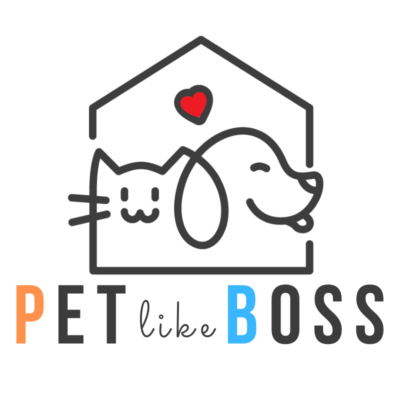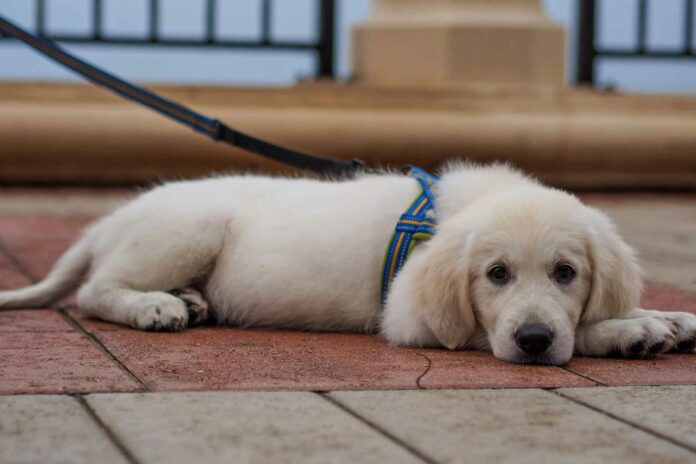Are you wondering how to train a 2 year old dog and feeling a bit overwhelmed? Don’t worry! While the old saying suggests you can’t teach an old dog new tricks, that’s actually a myth With the right approach and patience, you can definitely help your adult furry friend learn new behaviors and break old habits.
Understanding Adult Dog Training Basics
Training an adult dog presents unique challenges compared to training puppies. As highlighted by Pet like boss, adult dogs may have established behaviors that need modification. If you’re interested in more specific dog training tips, check out their comprehensive dog training guides.
Why Training a 2 Year Old Dog Can Actually Be Easier
Before diving into the methods, here’s some good news: adult dogs often have:- Better attention spans- More developed cognitive abilities– Established routines- Calmer demeanors
Essential Steps to Train Your 2 Year Old Dog
1. Start with “Untraining”
- Identify problematic behaviors
- Break existing bad habits
- Create a clean slate for new training
2. Establish a Consistent Schedule
- Set regular feeding times
- Plan consistent potty breaks
- Dedicate specific training sessions
3. Use Positive Reinforcement
- Reward good behavior immediately
- Use high-value treats
- Offer verbal praise and physical affection
4. Break Down Training into Manageable Steps
- Start with basic commands
- Progress gradually
- Keep sessions short (5-10 minutes)
- Practice regularly
5. Consider Professional Help
- Join group training classes
- Work with a professional trainer
- Participate in socialization activities
Common Challenges When Training a 2 Year Old Dog
Stubborn Behaviors
- Stay patient
- Never use punishment
- Maintain consistency
- Find better motivators
Short Attention Span
- Keep sessions brief
- Train in quiet environments
- Eliminate distractions
- Use engaging rewards
Advanced Training Tips
1. Clicker Training
- Introduce the clicker
- Mark desired behaviors
- Reward promptly
- Phase out treats gradually
2. Environmental Management
- Create a training-friendly space
- Remove temptations
- Use gates or barriers when needed
- Establish safe zones
3. Mental Stimulation
- Incorporate puzzle toys
- Try nose work exercises
- Use interactive games
- Vary training routines
Making Training Fun and Effective
-
Keep it Positive
- Celebrate small wins
- Use excited tones
- Make training feel like play
-
Mix Up the Rewards
- Different treat types
- Toy rewards
- Physical affection
- Verbal praise
-
Build on Success
- Start simple
- Gradually increase difficulty
- Chain behaviors together
- Add distractions slowly
Common Mistakes to Avoid
-
Inconsistency
- Different family members using different commands
- Irregular training schedule
- Inconsistent rules
-
Information Overload
- Teaching too many things at once
- Long training sessions
- Complex commands early on
-
Wrong Timing
- Delayed rewards
- Late corrections
- Poor marking of desired behaviors
Maintaining Training Success
Daily Practice
- Short training sessions
- Regular reinforcement
- Consistent commands
- Ongoing socialization
Progress Tracking
- Keep a training journal
- Video progress
- Set achievable goals
- Celebrate improvements
Special Considerations for Adult Dogs
Health Checks
- Ensure no physical limitations
- Check for vision/hearing issues
- Consider joint health
- Monitor energy levels
Emotional State
- Assess anxiety levels
- Watch for stress signals
- Build confidence gradually
- Maintain calm environment
When to Seek Professional Help
Consider professional training if:- Aggressive behaviors persist- Severe anxiety exists- Progress stalls- Complex issues arise
Creating a Training Schedule
Morning Routine
- Short training session
- Exercise/walk
- Basic command practice
Afternoon Activities
- Mental stimulation
- Short training refresher
- Playtime/socialization
Evening Practice
- Calm training exercises
- Review day’s lessons
- Relaxation training
Learning how to train a 2 year old dog might seem challenging at first, but with patience, consistency, and the right approach, you can achieve amazing results. Remember that every dog is unique, and what works for one might not work for another. Stay flexible in your approach, maintain a positive attitude, and celebrate every small victory along the way.
The key is to keep training sessions fun, short, and rewarding for both you and your furry friend. With time and dedication, your adult dog can learn new behaviors and become an even better companion.
Remember to:- Stay patient- Be consistent- Keep it positive- Break down tasks- Celebrate progress- Never give up
Your 2-year-old dog has plenty of potential to learn and grow. Start your training journey today, and you’ll be amazed at what your adult dog can achieve!










![Can Dogs Eat Quail Eggs? The Tiny Superfood Your Pup Will Love! + [Help] Am I allowed to feed my dog Quail eggs?](https://petlikeboss.com/wp-content/uploads/2024/10/Are-cooked-quail-eggs-good-for-dogs-71fd12d932-100x70.jpg)

